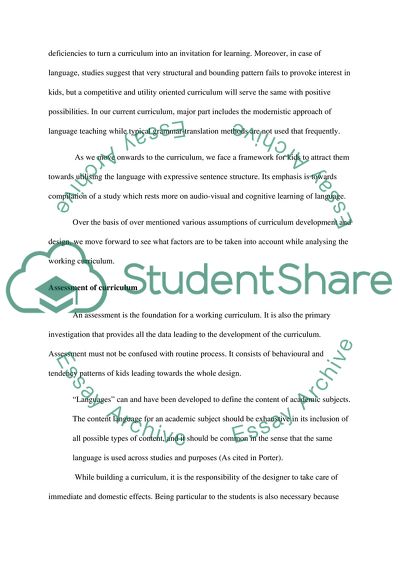Cite this document
(Teaching English to Primary Students of Diverse Characters Research Paper, n.d.)
Teaching English to Primary Students of Diverse Characters Research Paper. Retrieved from https://studentshare.org/education/1770570-curriculum-design-and-development
Teaching English to Primary Students of Diverse Characters Research Paper. Retrieved from https://studentshare.org/education/1770570-curriculum-design-and-development
(Teaching English to Primary Students of Diverse Characters Research Paper)
Teaching English to Primary Students of Diverse Characters Research Paper. https://studentshare.org/education/1770570-curriculum-design-and-development.
Teaching English to Primary Students of Diverse Characters Research Paper. https://studentshare.org/education/1770570-curriculum-design-and-development.
“Teaching English to Primary Students of Diverse Characters Research Paper”, n.d. https://studentshare.org/education/1770570-curriculum-design-and-development.


